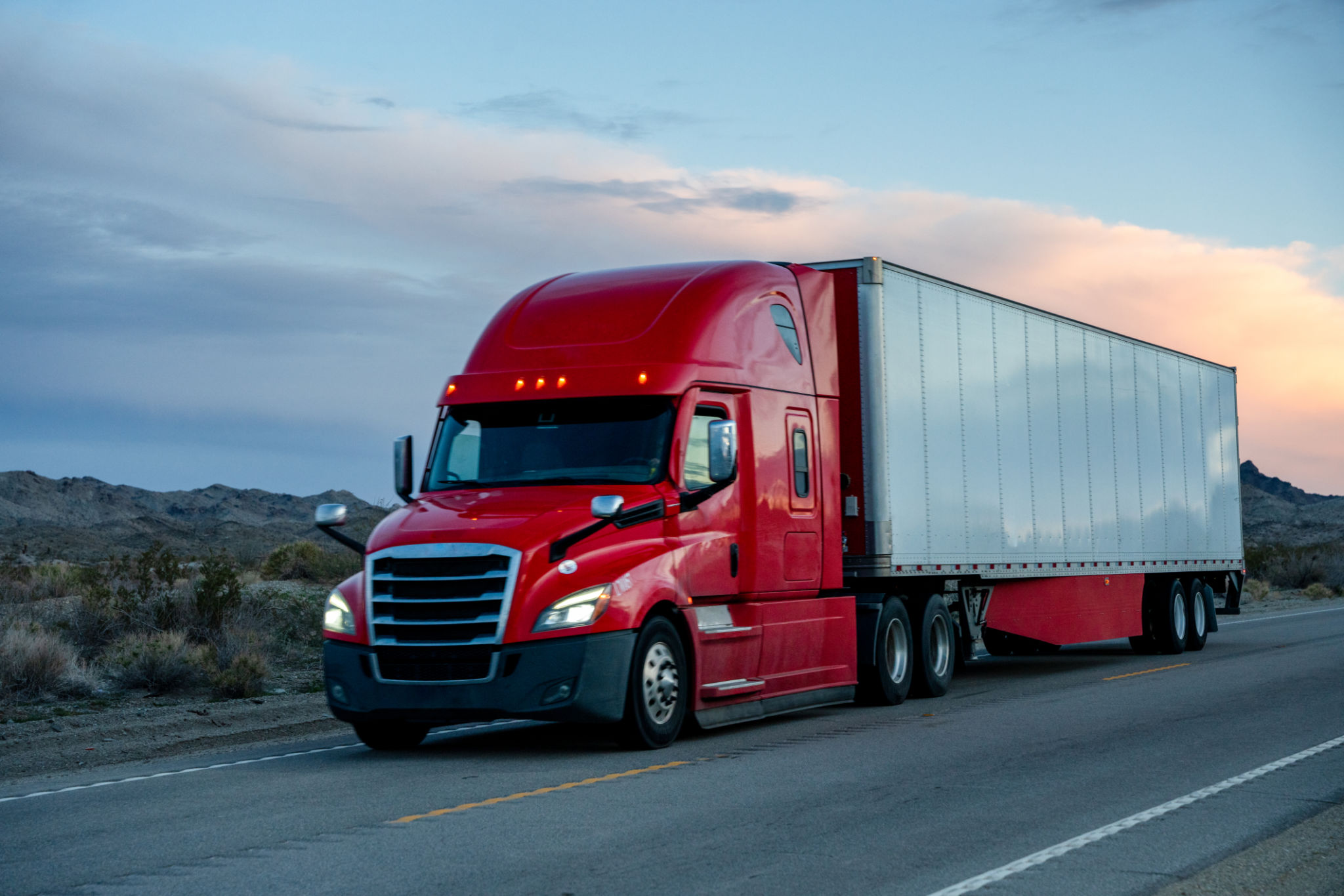Local Regulations and Requirements for Freight Carriers in Minnesota
Understanding Local Regulations for Freight Carriers
Operating as a freight carrier in Minnesota requires navigating a range of local regulations. These rules are designed to ensure the safety, efficiency, and environmental sustainability of transportation activities within the area. It's crucial for freight carriers to be well-versed in these regulations to avoid penalties and ensure smooth operations.
One of the primary aspects of local regulations involves zoning laws. These laws dictate where freight carriers can load and unload goods and the types of vehicles permitted in specific areas. Understanding these zoning requirements is essential for efficient route planning and complying with local ordinances.

Vehicle Compliance and Safety Standards
Freight carriers must adhere to stringent vehicle compliance and safety standards. This includes regular vehicle inspections to ensure that all parts, from brakes to lights, are in optimal condition. Carriers must also maintain detailed records of these inspections as proof of compliance.
Additionally, drivers are required to hold valid commercial driver's licenses (CDLs) and undergo routine training to stay updated on best practices and regulatory changes. Minnesota enforces these requirements to enhance road safety and minimize accidents involving freight vehicles.

Environmental Regulations
Environmental sustainability is a growing concern, and Minnesota's regulations reflect this priority. Freight carriers are encouraged to use eco-friendly vehicles with lower emissions. This not only helps in reducing pollution but also aligns with the city's green initiatives.
Carriers may also be required to follow specific idling laws, which limit the amount of time a vehicle can remain stationary with the engine running. Compliance with these laws is vital for minimizing environmental impact and fostering community goodwill.

Permits and Documentation
Securing the necessary permits and documentation is a critical step in operating legally as a freight carrier in Minnesota. This includes obtaining permits for oversized loads, if applicable, and ensuring all transport documentation is up-to-date.
Maintaining accurate records of shipments, routes, and deliveries is not only a regulatory requirement but also an effective way to streamline operations and improve logistical efficiency.
Community Engagement and Awareness
Freight carriers can benefit from engaging with the local community and raising awareness about their operations. By participating in community events or collaborating with local businesses, carriers can foster positive relationships and gain community support.
Being transparent about operational practices and any potential disruptions can help alleviate concerns and improve public perception of freight activities within Minnesota.

Staying Updated on Regulatory Changes
The regulatory landscape is constantly evolving, and staying informed about changes is critical for compliance. Freight carriers are encouraged to regularly review updates from local government websites and industry publications.
Subscribing to newsletters or participating in industry forums can also provide valuable insights into new regulations or best practices that could affect operations in Minnesota.